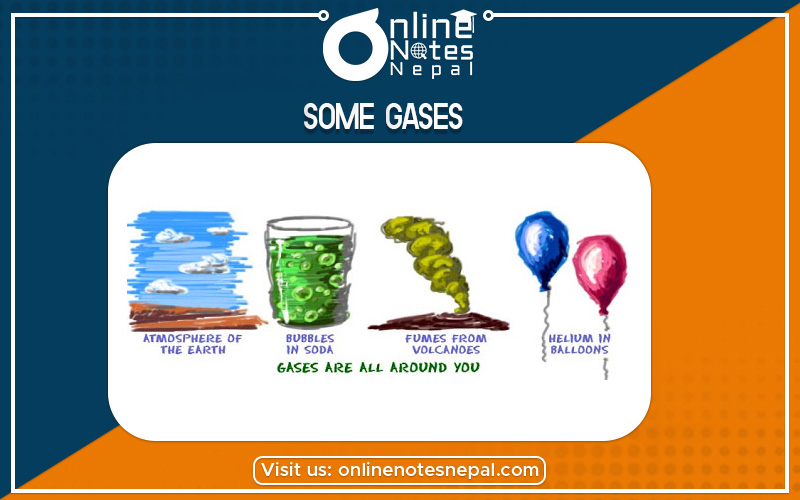Published by: Nuru
Published date: 06 Jul 2021

A substance in a form like the air that is neither solid nor liquid is gas. Some gases are Oxygen, hydrogen, and nitrogen. Carbon monoxide is a colorless, odorless, poisonous gas. Certain gases are highly explosive. These factories are releasing toxic gases into the atmosphere.
By burning carbon in an excess air
C +O2 → CO2
By burning organic compounds.
CH4 +2O2 → CO2 + 2H2O + energy

Carbon dioxide is prepared in the laboratory by reacting calcium carbonate with dil. hydrochloric acid.
Chemical Reaction:
CaCO3 + 2HCl → CaCl2 + H2O + CO2
First of all, pieces of limestone are taken in Wolfe's bottle and dil. HCl is poured from the thistle funnel. When limestone and HCl come in contact, the reaction occurs and CO2 gas is formed. The formed gas passes through the delivery tube to the gas jar. Since the gas is heavier than air, it is collected by upward displacement of air.
Carbon dioxide is a colorless & odorless gas. It is soluble in water, ethanol, acetone and has the following properties :
Heating ammonium salts
(NH4)2SO4 2 NH3 + H2SO4
Heating ammonium salts with a strong base
When the mixture of sodium hydroxide and ammonium sulphate is heated, then there is the formation of ammonia gas. (NH4)2SO4 + 2NaOH → Na2SO4 + 2H2O + NH3

When a crushed mixture of ammonium chloride is heated with calcium hydroxide, then ammonia produced.
2NH4Cl + Ca(OH)2 → CaCl2 + 2H2O + 2NH3
For the preparation of ammonia gas, first of all, a mixture of ammonium chloride and slaked lime is taken in a hard glass tube. The test tube is held in a stand-in inclined position. The delivery tube is fixed on the opening of the test tube which is connected to the lime tower. Above the lime tower, the inverted delivery tube is kept. When the mixture is heated, ammonia gas is liberated which passes through the lime tower inside the delivery tube. Since ammonia is lighter than air, it is collected by downward displacement of air.
The test of ammonia gas can be done in the following ways:
Manufacture of ammonia (Habers synthesis process)
In the industrial sector, ammonia is manufactured at Haber's synthesis process. In this process, nitrogen and hydrogen are heated in the ratio of 1:3 in the presence of iron as catalyst and molybdenum as a promoter at a temperature of about 500oC, under high pressure of about 200 - 900 atmospheric pressure. N2 + 3H2 ↔ 2NH3
It is essential for the production of ammonia in large quantities because it is a reversible process. Since it is reversible, after a certain time product will form the reactants itself, so less reactant is consumed. Along with that, it is an exothermic reaction, so less heat is required.
I. It is used in the preparation of chemical fertilizers.
II. It is also used for the production of nylons and rayons.